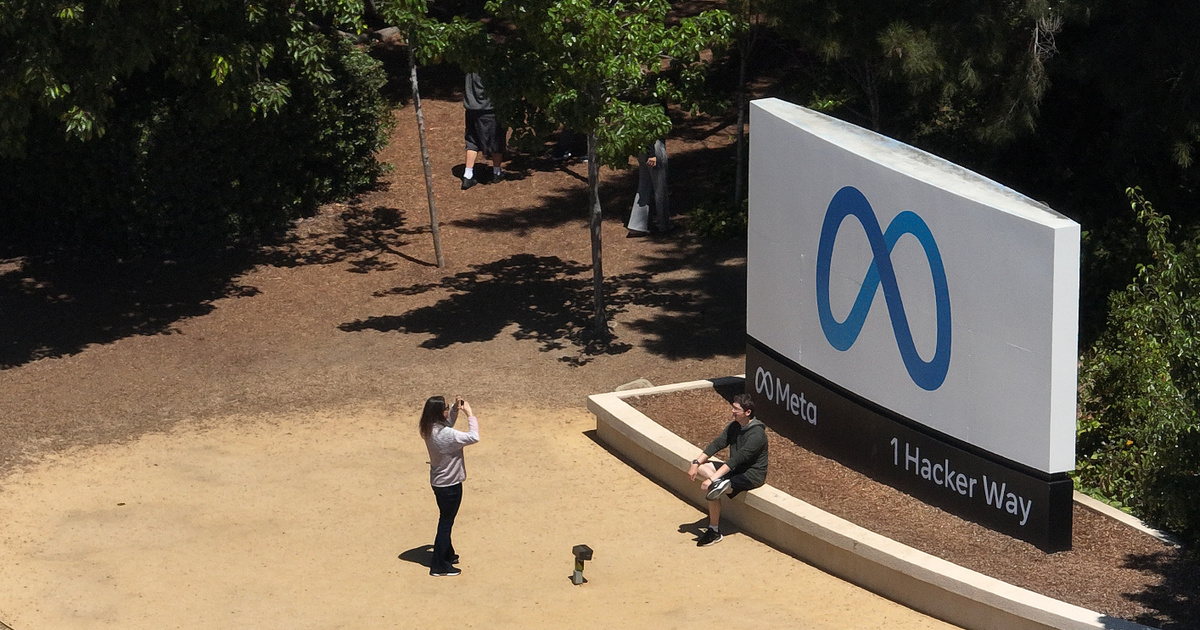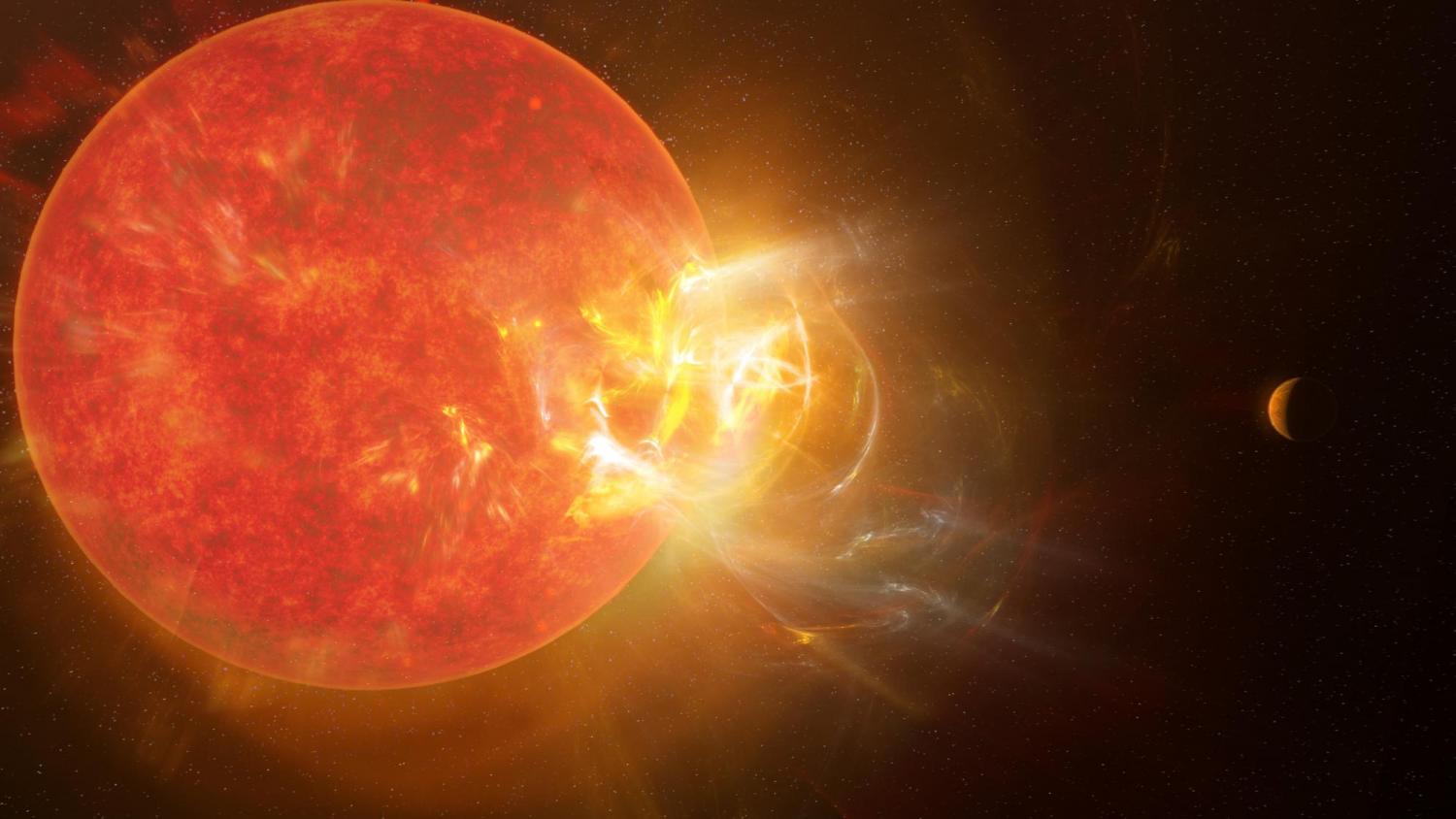A record amount of brightness is observed in Proxima Centaur, the star closest to the Sun, writes IFL Science Portal. The cosmic catastrophe was fixed by a telescopic network of nine telescopes.
Proxima Centauri is a red dwarf star, equal to a third of the mass of the Sun. Sometimes brightness can be observed on the stars (technically, this is called a mystical phenomenon), but the event observed on May 1, 2019, was more intense than ever.
The ALMA telescope system (Atacama Large Millimeter / submillimeter) studied the space star in the microwave range, which increased its brightness a thousand times in a matter of seconds.
The Hubble Space Telescope examined the distant ultraviolet range, measuring fourteen thousand times the brightness.
As far as we know, there are two planets orbiting Proxima Centauri, Proxima b and Proxima c. The latter is the so-called miniature Neptune with a land mass of seven, while the former is a rocky planet roughly the size of Earth orbiting in the habitable zone of the star, that is, in principle, liquid water may be on its surface.
However, in the case of Proxima Centauri, the habitable zone is closer to the star than in the solar system. As a result, Proxima b also orbits near its parent star, avoiding it in just 11 days.
Given its proximity, the planet is exposed to a solar wind two thousand times stronger than Earth’s, and a bird of similar strength to the current strength would surely have a negative effect on the planet’s habitability.

ALMA and Hubble were also observed by the Australian ASKAP Telescope (Australian Square Kilometer Network Locator), NASA’s TESS Extrasolar Hunting Satellite, and the Irénée du Pont Telescope.
Proxima Centauri is nearly as old as the Sun, which means it can bombard its planets with high-energy flares for billions of years. By studying these extreme vectors simultaneously with several tools, we can decipher the load on these planets and how they have changed as a result. Said Dr. Alicia Weinberger of the Carnegie Institution for Science.
























![Does the Nintendo Switch 2 not even reach Steam Deck's performance? [VIDEO]](https://thegeek.hu/wp-content/uploads/sites/2/2023/06/thegeek-nintendo-switch-2-unofficial.jpg)


















